Patients with chronic kidney disease usually have many complications, and most of the patients with advanced kidney injury have severe hypertension. Salt is one of the main pathogenic factors of chronic kidney disease and hypertension, but the pathological mechanism remains unclear. In this paper, a comprehensive and systematic analysis of the pathological mechanism of chronic kidney disease complicated with hypertension was carried out by using the combined analysis of proteome and phosphorylated proteome.
Proteomic and phosphoproteomic analysis of renal cortex in asalt-load rat model of advanced kidney damage , Scientific Reports , IF=5.228
Sample source
Male Sprague-Dawley rat renal cortical tissue
Research technology
iTRAQ proteome + iTRAQ phosphorylated proteome
Research result
1. Firstly, the physiological parameters of rats with nephrectomy (5/6Nx group) were detected. It was found that the systolic blood pressure of the rats was significantly increased, serum creatinine and urine protein were significantly increased. After 2 weeks of salt load treatment, the kidney weight of the rats was removed. The body weight ratio and systolic blood pressure increased significantly, and urine sodium and urine protein also increased significantly.

Table 1. Physiological and metabolic parametersin sham and 5/6Nx rats at week 12 after surgery.
2. The iTRAQ proteome was used to analyze the effects of renal injury treatment and salt load treatment on the proteome of the renal cortex . A total of 2695 peptides were detected. Among them, the renal injury group (5/ compared with the simulated control group (Sham + NS). 318 protein expression changes in 6Nx + HS), 164 up-regulated, 154 down-regulated; compared with normal salt-treated group (5/6Nx + HS) (after renal injury treatment), high salt load (5/6Nx + NS) ) caused differential expression of 310 proteins, 157 increased, and 153 decreased.
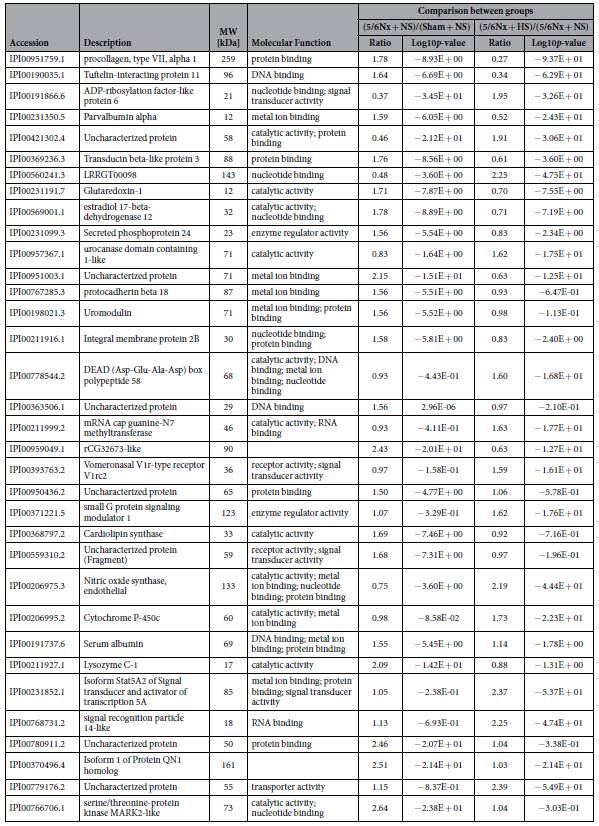
Table 2. List of proteins significantly differentially expressed at least 1.5-fold corresponding to peptides identified by LC-MS/MS analysis ofrenal cortex samples from both 5/6Nx and sham rats fed normal or high saltdiet.
3. A total of 1911 phosphorylated peptides were identified using iTRAQ phosphorylation proteomics , of which 1810 (corresponding to 550 phosphorylated proteins) have quantitative data; these phosphorylated peptides and phosphorylation sites were characterized. Analysis: number of peptide phosphorylation sites and phosphorylated modified amino acid residues.
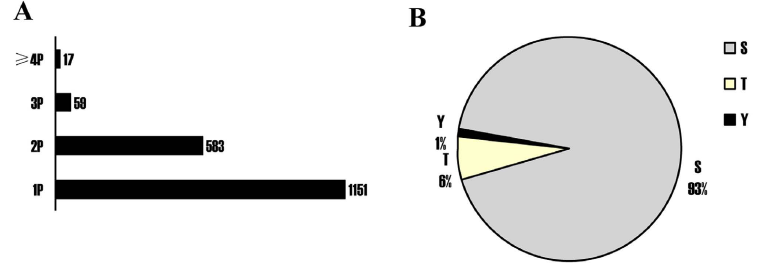
Figure 1. Characterization of phosphopeptides and phosphositesat the Log2 (5/6Nx + NS)/(Sham + NS) or Log2(5/6Nx + HS)/(5/6Nx + NS) ratio in(5/6Nx + NS)/ (Sham + NS) and (5/6Nx + HS)/(5/6Nx + NS) comparison groups.
4, further analysis found that: compared with the simulated control group, the phosphorylation modification of 197 peptides in the kidney injury group changed, 113 up-regulated, 84 down-regulated; compared with the normal salt-treated group (after renal injury treatment) High-salt load caused changes in phosphorylation of 169 peptides (78 increase, 91 reduction); bioinformatics annotation (GO functional analysis) was performed on the identified differentially phosphorylated protein function, and these phosphates were found. Proteins modified by modification are important transporters, cellular structural components, and receptors.
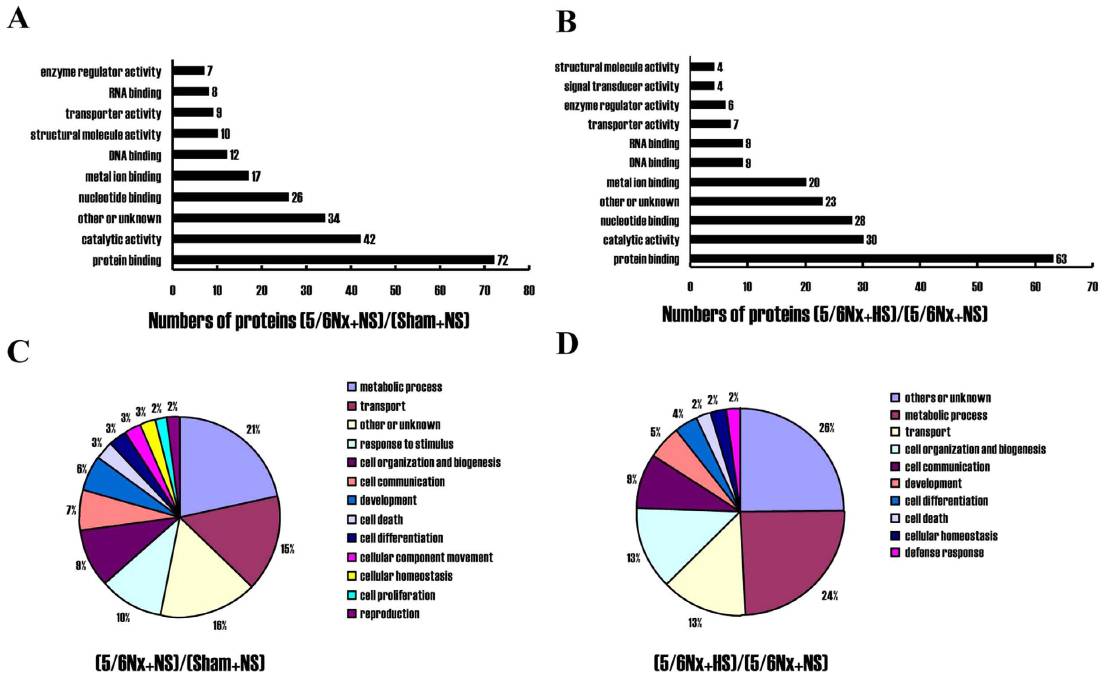
Figure 2. Quantification and Gene Ontology analysis of differentially phosphorylated peptides and proteins in (5/6Nx + NS)/(Sham + NS)and (5/6Nx + HS)/(5/6Nx + NS) comparison groups.
5. To further analyze the pathogenesis of chronic kidney disease complicated with hypertension, the authors conducted an interaction network analysis (PPI) on the identified phosphorylated differentially modified proteins . They found that Polr2a, Srrm1, Gsta2 and Pxn proteins had the highest connectivity in the 5/6 Nx group (nephrectomy), while Myh6, Lmna and Des proteins had the highest connectivity in the salt load group. KEGG pathway analysis revealed changes in insulin signaling pathways, adipocytokines signaling pathways, hypertrophic cardiomyopathy, and protein phosphorylation in focal adhesion signaling pathways in the nephrectomized (nephropathy) group; changes in protein phosphorylation induced by salt loading It mainly occurs in lateral sclerosis, mTOR signaling pathway, purine metabolism, splice and insulin signaling pathways.

Table 1. Physiological and metabolic parametersin sham and 5/6Nx rats at week 12 after surgery.
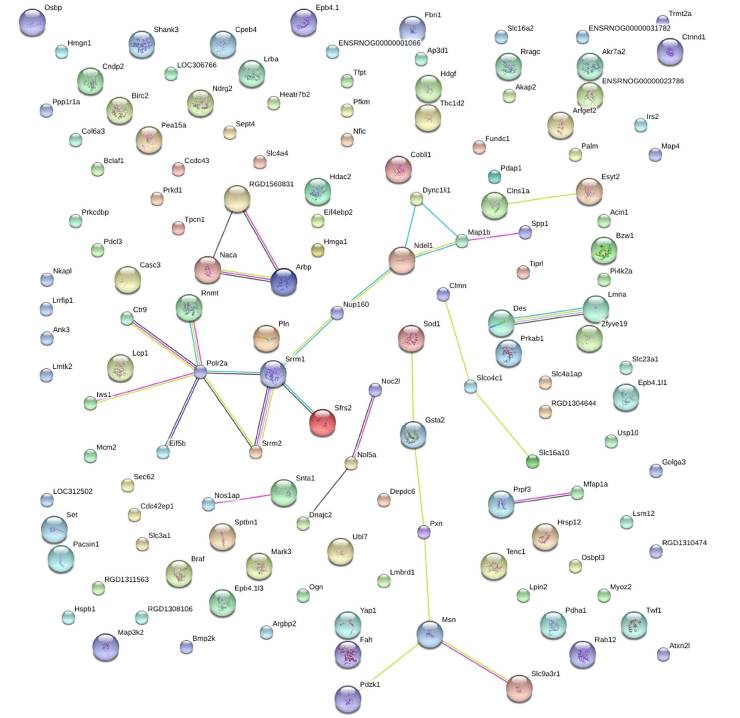
Figure 3. STRING analysis reveals protein interaction networksin renal phosphoproteome in (5/6Nx + NS)/(Sham + NS) comparison group.
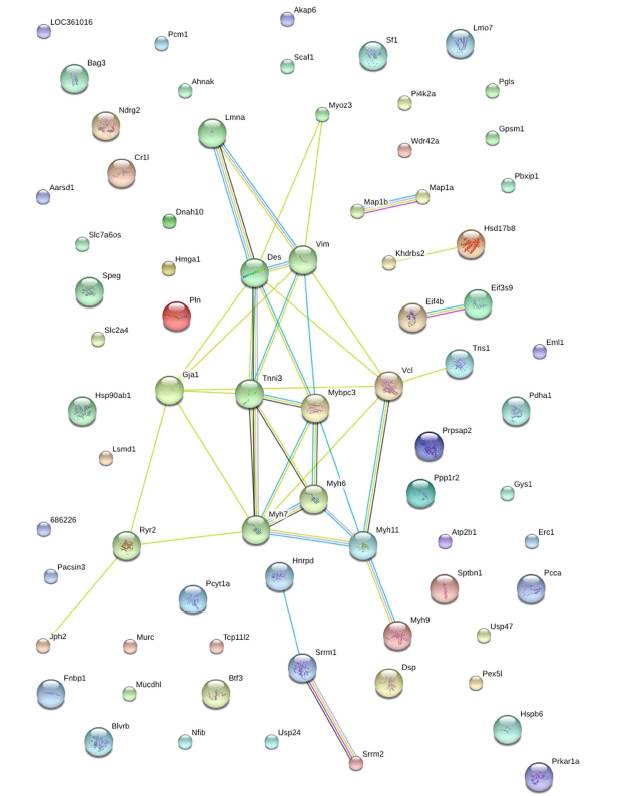
Figure 4. STRING analysis reveals proteininteraction networks in renal phosphoproteome in (5/6Nx + HS)/(5/6Nx + NS)comparison group.
6. Finally, the author selected two interesting proteins, phospho-lamin A and phospho-phospholamban, for Western blot analysis and real-time PCR analysis to verify the accuracy of histological data. .
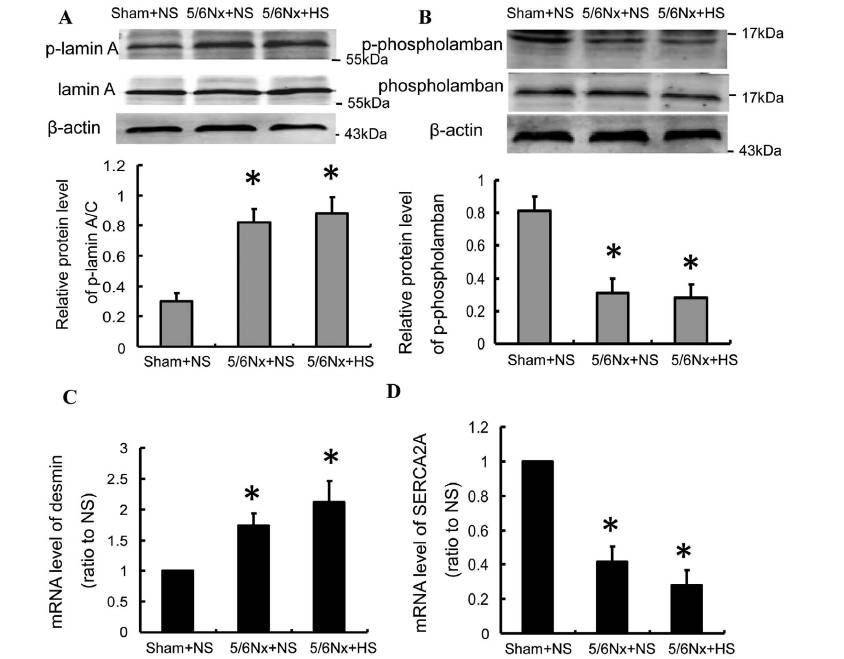
Figure 5. Phosphoryation levels of lamin A and phosphosolamban as well as expression of their downstream genes desmin andSERCA2a significantly increased in 5/6Nx rats.
Xiaobian experience
This article is a typical multi-omics joint analysis of the article revealing pathological mechanisms. Based on the iTRAQ proteome study, the iTRAQ phosphorylation proteome analysis revealed the effects of renal injury and salt load on protein phosphorylation in renal cortex, and found that differentially expressed proteins and phosphorylated modifications of the protein and metabolic processes , signal transduction and cell proliferation. This study provides a strong theoretical support for the analysis of pathological mechanisms and screening of drug targets, and also indicates the direction for subsequent research. This article shows the important role of mass spectrometry in the basic research of mechanism mechanism: differential phenotype holistic analysis, comprehensive and systematic analysis of potential molecular mechanisms.
Protein|modification|metabolism|lipid|structural confirmation
T: 021-54665263
E:
Q: 1875681852
The common feature of polyphenol compounds is that they have good antioxidant activity and can work together with other antioxidants such as vitamins C , E and carotene to exert antioxidant efficacy in the body, scavenging free radicals, substances that are harmful to human health.
Polyphenols,Plant Polyphenol,Antioxidant
Shaanxi Zhongyi Kangjian Biotechnology Co.,Ltd , https://www.zyplantextract.com